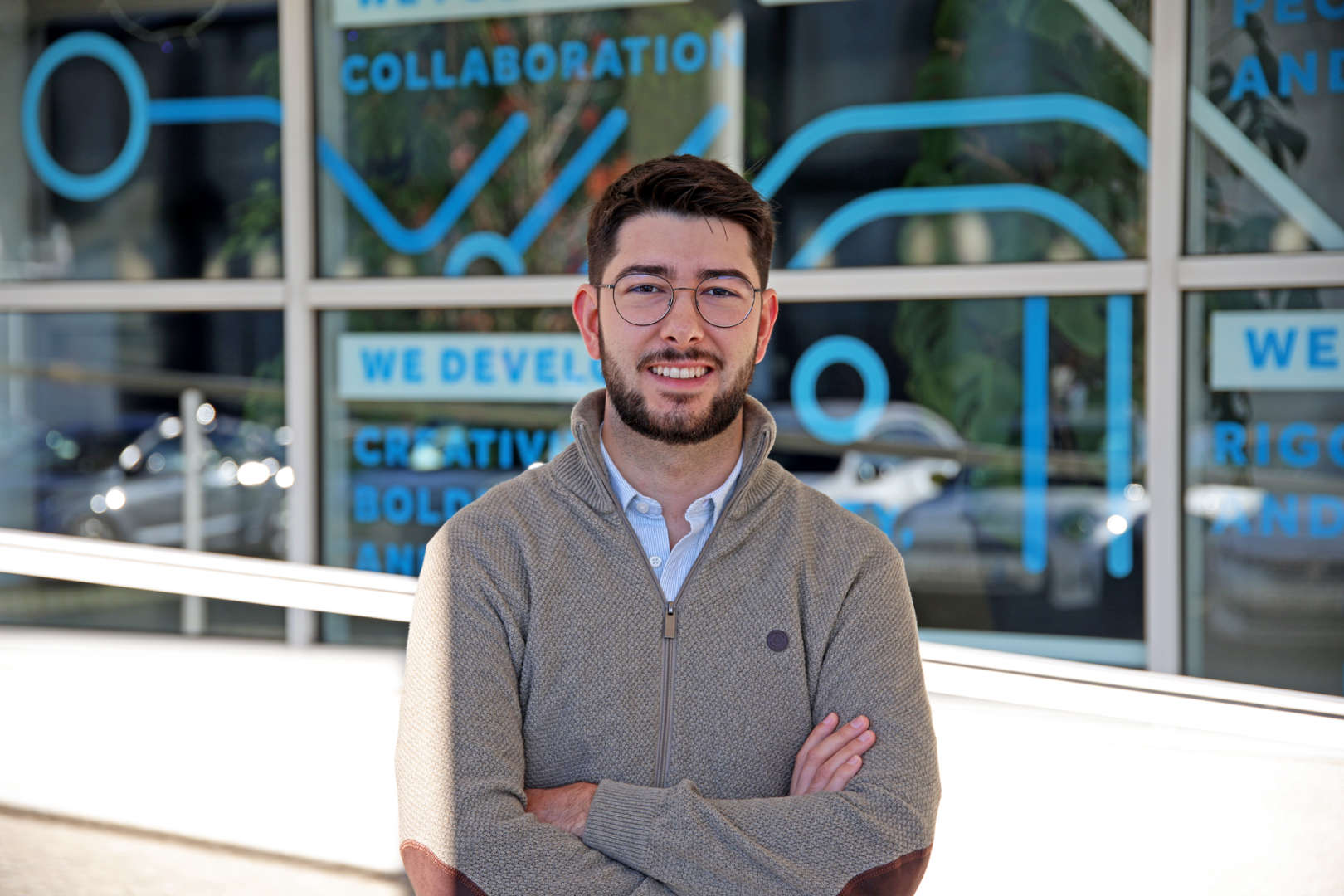About
Germano Moreira (GM) received a B.S. and an M.Sc. in Agricultural Engineering at Sciences Faculty - University of Porto (FCUP) and is now attending the 1st year of the PhD in Agricultural Sciences, at the same institution. Recently became a Research Assistant at the Institute for Systems and Computer Engineering, Technology and science (INESC TEC), TEC4AGRO-FOOD, Centre for Robotics in Industry and Intelligent Systems (CRIIS), as a member of the multidisciplinary team of the Laboratory of Robotics and IoT for Smart Precision Agriculture and Forestry, where he will integrate several projects and develop research on Artificial Intelligence (AI) and Computer Vision (CV) to support different agricultural operations. GM's research interests include various topics in Agronomy and Agricultural Engineering mostly focused on Precision Agriculture (PA) and the implementation of Robotics, AI, CV, and Deep Learning in an agricultural context for Crop monitoring and phenotyping. Throughout his academic journey, he participated in two EU-funded INESC TEC projects: AGRINUPES (Water JPI) - Integrated monitoring and control of water, nutrients and plant protection products towards a sustainable agricultural sector - and ROBOCARE (FEDER) - Robotic Platforms for IntelligentPrecision Crops - the latter being the framework for his master's thesis entitled "Tomato Robotic Harvesting in Protected Horticulture: Machine Learning Techniques for Fruit Detection and Classification" which was awarded a final grade of 20/20. GM was the (co)author of 4 scientific publications (ResearchGate) with a total of 14 citations - 3 articles and 1 book chapter - published in journals listed in JCR-WoS and/or SCOPUS, with the most recent publication as the first author being selected for the cover story of Issue 2, Volume 12, of MDPI'sjournal Agronomy (https://www.mdpi.com/2073-4395/12/2/356). Among other outputs, it is worth mentioning aconference poster presented at the 13th Young Research Meeting of the University of Porto (IJUP). GM is amember of IAAS (International Association of Students of Agriculture and Related Sciences), holding the roleof president of the local assembly of the Porto committee from 2019 to 2021. During that period, he enteredthe "24H Agriculture by Syngenta" competition and was part of the team responsible for organising the "IIJourney of Agronomic Engineering FCUP" event. He also participated in events such as "The Digital (R)evolution in Agro-Food and Forestry", "Mechanization and Automation in Slope Viticulture" and attendedthe "International Summer School Agricultural Robotics", organised by PhenoRob (https://www.phenorob.de/),which allowed him to enhance his knowledge in the Agriculture 4.0 field.


